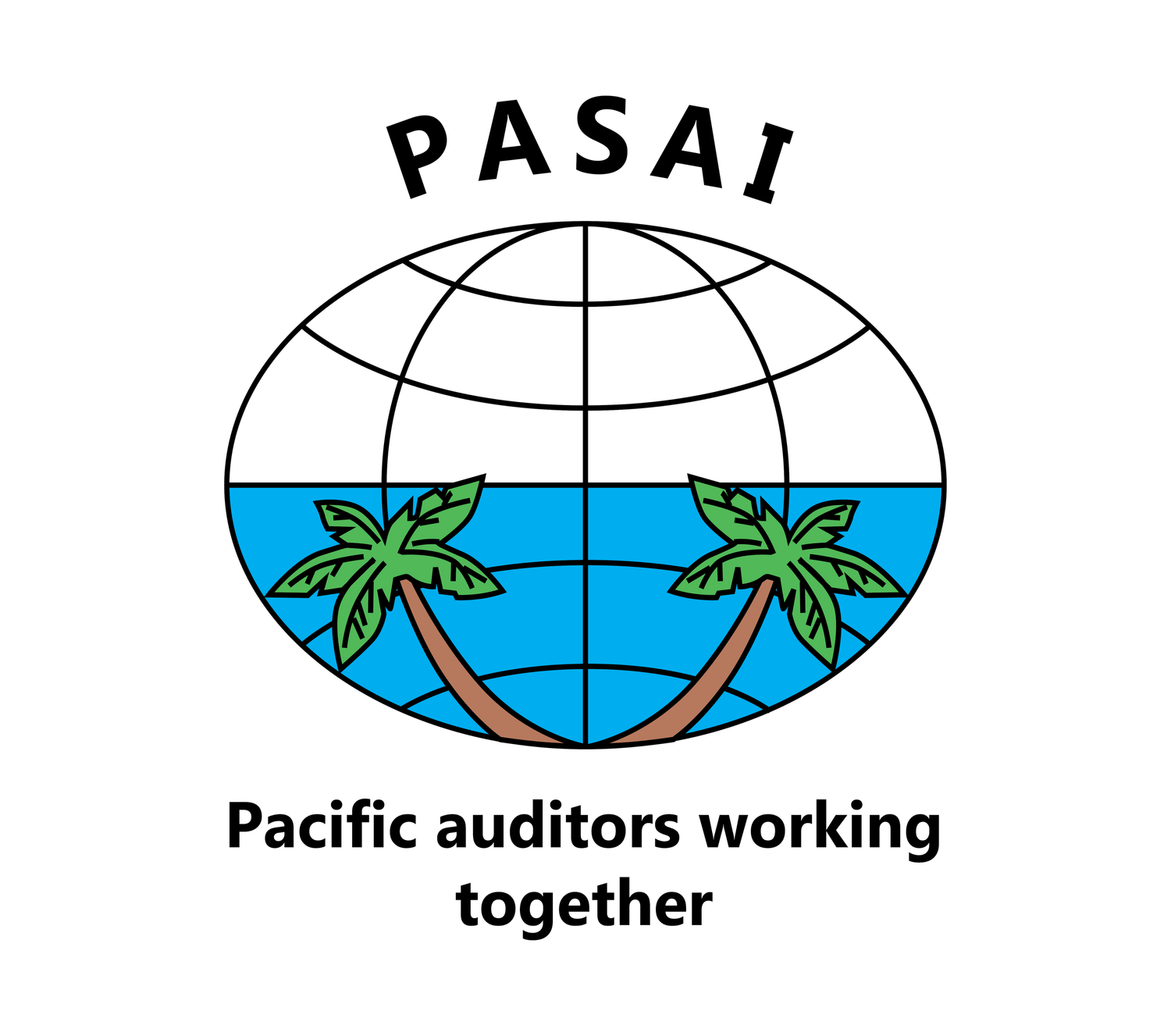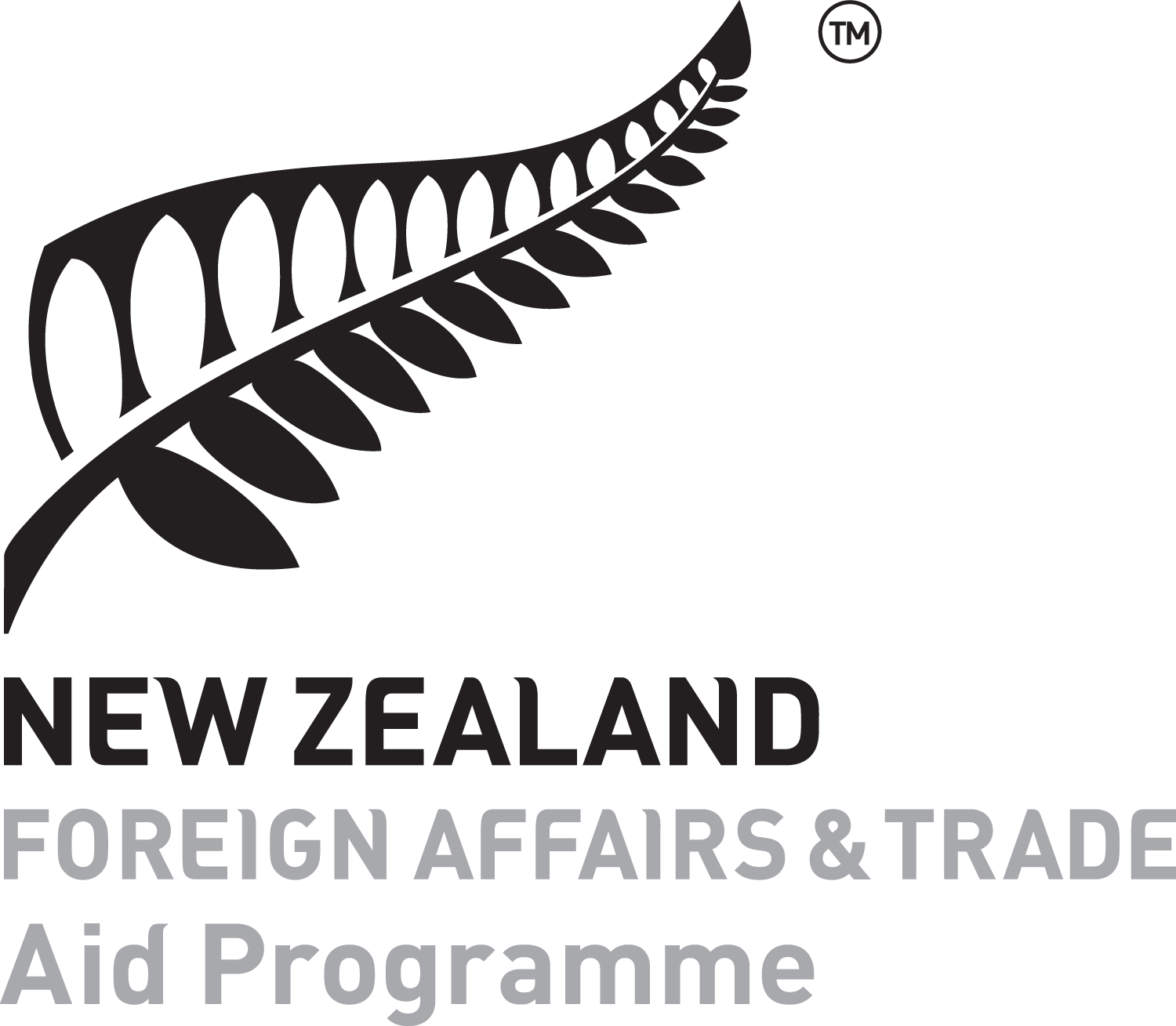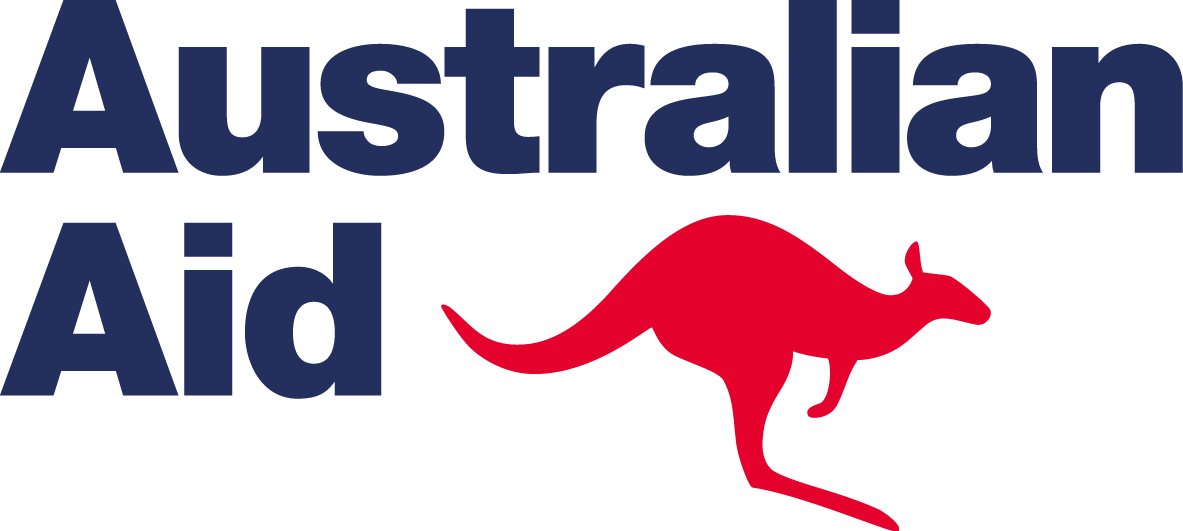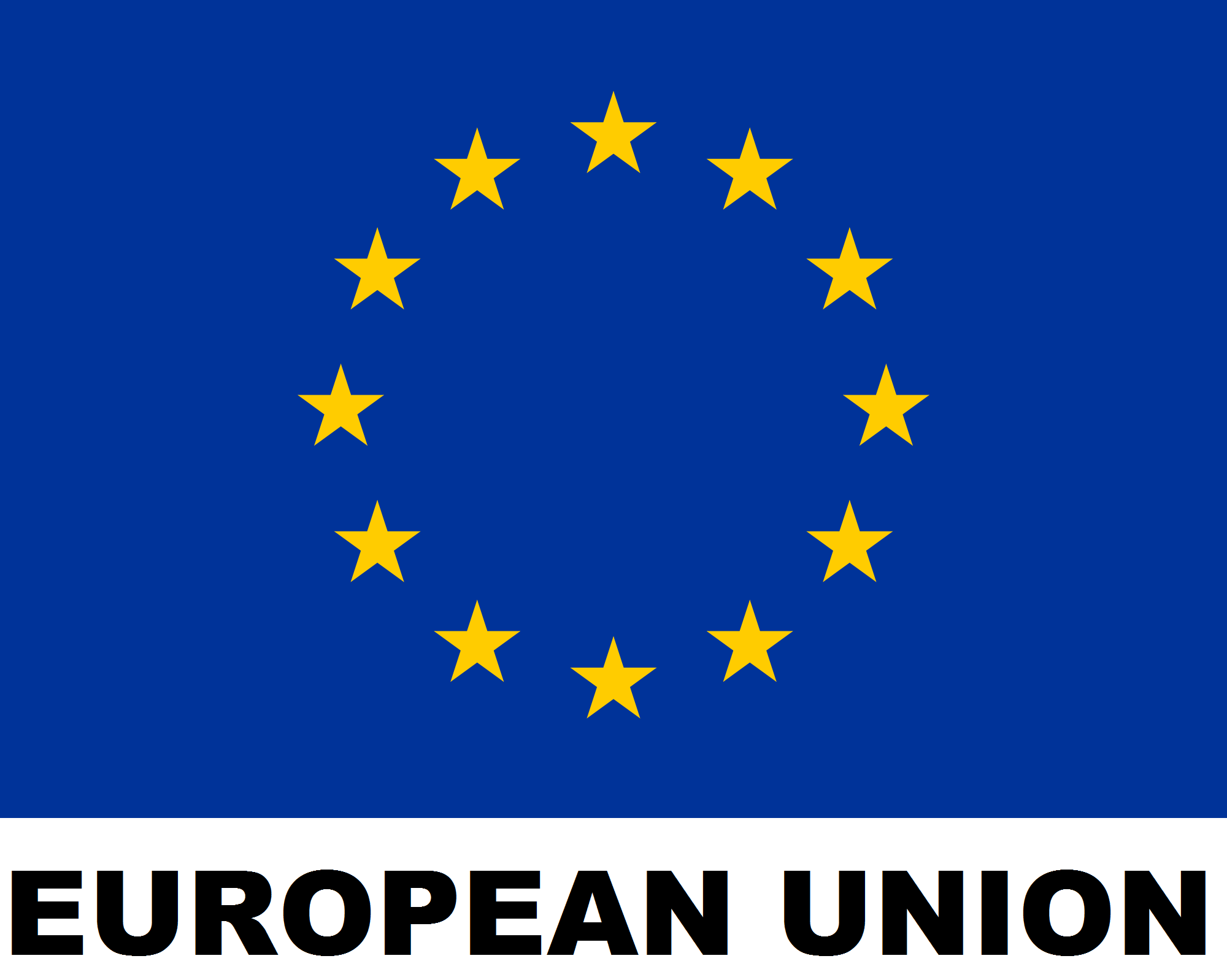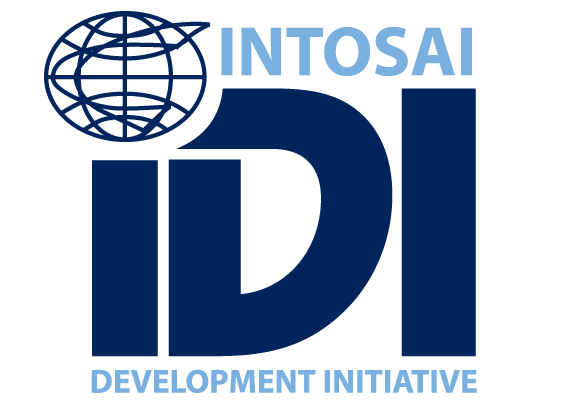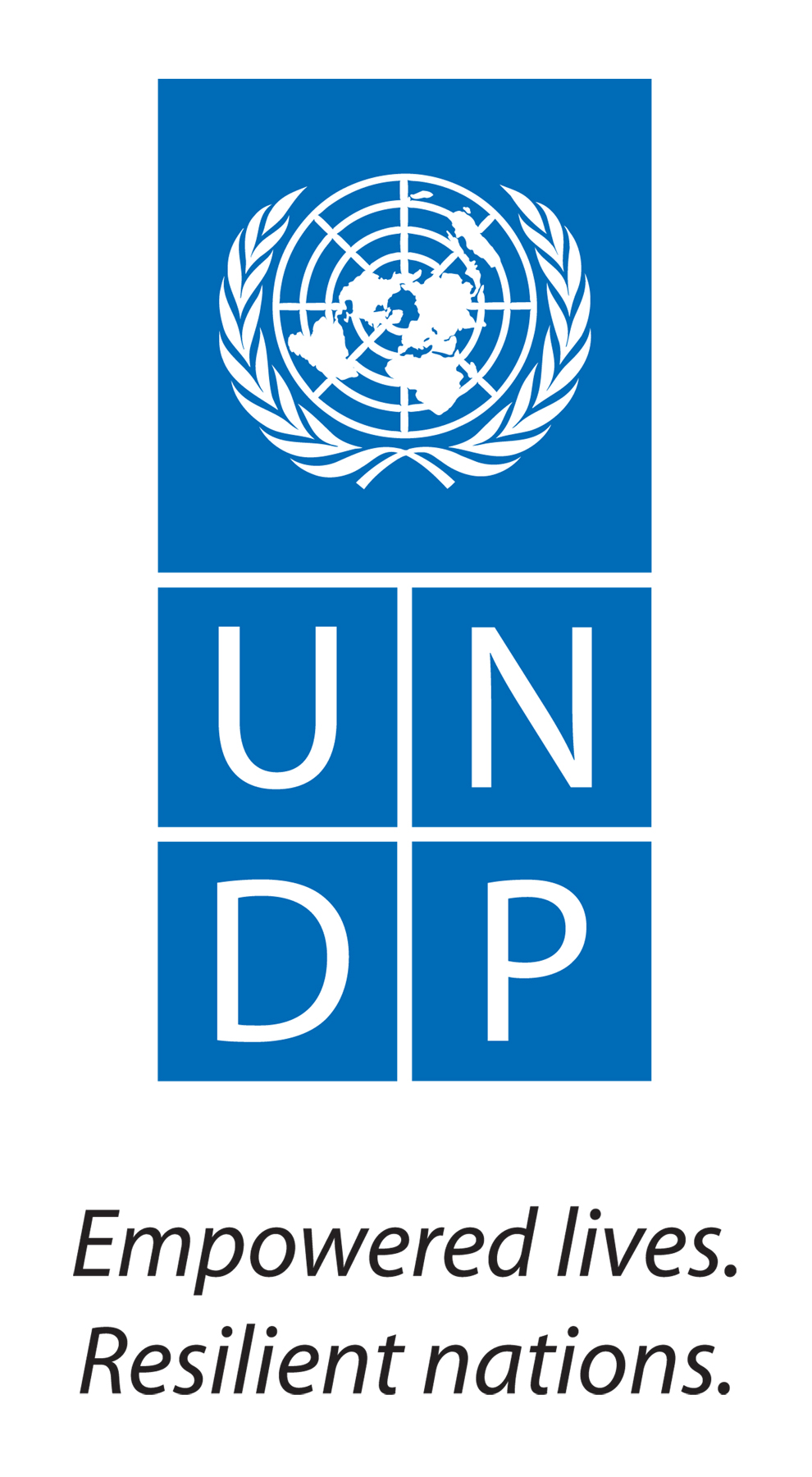-
Introduction
One of PASAI’s strategic priorities is to support SAIs to have a comprehensive and realistic strategic plan, to implement their strategic plans and to be able to monitor and report their performance against these plans. To achieve this goal, PASAI supports SAIs to develop strategic plans, operational plans and monitoring and reporting frameworks so that in the long-term, SAIs can manage the organizational strategy development process independently.
Support is allocated in response to the needs identified through the SAI PMF assessment results and when SAIs are ready to prioritize this work. In the current financial year eleven SAIs have indicated this topic is their priority. PASAI has provided and successfully completed SAI-level support for three1 SAIs using consultancy services. One2 SAI has mobilized technical support through bilateral funding. This project aims to support six SAIs through a regional-coordinated programme as this has been assessed as the most appropriate and efficient approach. Consultations are ongoing with the remaining two3 SAIs to be supported once they are available.
Programme Objective
Build SAI capacity to manage the organizational strategy development 4 and management 5 process in a manner that also promotes strategic thinking in the SAIs.
Program Overview
1. Online course – 13-17 February 2023
Build knowledge of strategic management process and concepts
3 hours per day; 5:30pm to 9:00pm NZT
No limit to the number of staff from each SAI
2. Face-to-face workshop – 6-10 March 2023 (in Guam)
Develop strong process facilitation skills
Skill development requires both knowledge inputs and substantive practice supported by quality feedback. Competence is required to effectively develop and manage organizational strategy, and to foster strategic thinking at the individual and organizational levels.
2 staff from each SAI
PASAI pays for airfare and accommodation for all SAI participants.
3. Development work at the SAI – March to September 2023
SAI strategic planning teams (SPT)/ staff trained in the F2F workshop to facilitate strategic planning process with remote guidance and support from the consultant and facilitation team. Main tasks:
Consultation with the SAI’s key stakeholders
Consultation with SAI staff • Develop strategic plan.
Develop operational plan.
Develop monitoring and evaluation framework
-
This course has been developed to enhance public auditors’ capabilities in conducting a standalone compliance audit and assist the SAIs in improving the coverage of compliance audit activities to enhance compliance with government laws, regulations, executive directives, policies and procedures across public sector and government entities.
Objective
To develop capabilities of SAI auditors on conducting a standalone compliance audit in accordance with ISSAIs 400 and 4000.
The training will cover the main concepts of compliance audit, how to identify potential audit topics and the different phases of the audit process from planning, gathering evidence, evaluating evidence and forming conclusions, to reporting audit findings and following up implementation of audit observations. It highlights the importance of understanding the country’s governance ecosystem in identifying significant areas to be considered as potential topics for a compliance audit as well as those factors that will ensure a quality audit is conducted effectively and efficiently.
Outcomes
The envisioned outcomes for this training are to: enhance SAI auditors’ capability on conducting compliance audits in accordance with the applicable ISSAIs, promote compliance in public sector entities through increased audit coverage of compliance audits in SAIs’ annual audit work plans, and strengthen accountability, transparency and integrity in government.
-
This workshop aims to improve SAI PMF Domain F: Communication and Stakeholder Management scores for indicators:
SAI-24: Communication with the Legislature, Executive and Judiciary – 85% of Pacific SAIs have a score of 0–2 ‘(founding’ and ‘development’ level), with only 15% rated at an ‘established’ level
SAI-25: Communication with the Media, Citizens and Civil Society Organisations – 100% of Pacific SAIs have a score of 0–2 ‘(founding’ and ‘development’ level).
Learning objectives
Understand who a SAI’s key stakeholders are, what a SAI needs to communicate and how a SAI can engage and communicate effectively with the media and other key stakeholders.
How to draft a media release and prepare other materials to accompany the publication of an audit report to ensure increased engagement with audit findings.
How to prepare a SAI spokesperson for a TV, radio and/or print media engagement.
How to draft impactful social media content and use multimedia to increase engagement.
How to ensure that the above activities are implemented effectively through the development of an annual communications operational plan or calendar.
-
This workshop aimed to increase the level of awareness and improve SAI’s capability by bringing staff up-to-date with these accounting standards and their applications to the government financial reporting framework. The programme aimed to provide and support SAI staff with the understanding and tools to:
enhance the capability of SAI auditors by improving their knowledge of interpreting and understanding the practical applications of IPSAS/IAS/IFRS;
enhance the skills of government auditors in interpreting the relevance and advantage of adopting IPSAS and/or IAS/IFRS;
strengthen knowledge sharing amongst PASAI members on common issues/challenges faced by auditors in interpreting IPSAS/IAS/IFRS; and
strengthen government accountability and transparency through an effective audit of FSGs and financial statements of public enterprises (PEs) or state-owned enterprises (SOEs).
Visit course page.
-
Course Objective: To enhance SAI's coverage of significant issues that will likely have an impact on improving the conduct of government operations and programmes through compliance and performance audits, so it can maximise its contribution to impact on government initiatives and citizens quality of life. Through these audits, the SAI will inform the citizens about issue or areas of public interest as to how the executive government has been utilising public funds to address these areas or issues. It can be a simple audit on compliance with the policies or a full performance audit on the effectiveness and efficiency of government programs and operations. With a wider mandate, the SAI is flexible to determine the focus areas for compliance and performance audit.
Enhancing audit coverage can be achieved through SAIs taking a strategic approach to identifying and selecting audits in areas where improvement is required and to understand entity risks and consider them in audit selection. The SAI should have processes in place for selecting audit topics in a meaningful manner, enabling it to focus audits on significant issues and covering the various sectors in government operations. To maximise SAI contribution to impact through compliance and performance audits, SAIs should incorporate audit impact considerations throughout the audit process.
-
This workshop has been developed to strengthen SAI capability to effectively engage, communicate and improve relationships with its key stakeholders including the Legislature, Executive, Judiciary, civil society organisations (CSOs) and citizens. Following on from the UNDP–PASAI PFM closing event, this workshop focuses on how to effectively engage with stakeholders to communicate audit findings, recommendations, follow up and impact to all stakeholders and CSOs in particular.
This workshop aims to improve SAI PMF Domain F: Communication and Stakeholder Management scores for indicators:
SAI-24: Communication with the Legislature, Executive and Judiciary – 85% of Pacific SAIs have a score of 0–2 ‘(founding’ and ‘development’ level), with only 15% rated at an ‘established’ level
SAI-25: Communication with the Media, Citizens and Civil Society Organisations – 100% of Pacific SAIs have a score of 0–2 ‘(founding’ and ‘development’ level).
Learning objectives
Understand who a SAI’s key stakeholders are, what a SAI needs to communicate and how a SAI can engage and communicate effectively with its stakeholders.
How to simplify, summarise and effectively communicate audit objectives, findings and recommendations to stakeholders to ensure increased engagement with audit findings.
Discuss and apply communication methods, templates and best practice to achieve the above.
-
The Pacific Association of Supreme Audit Institutions (PASAI) with the support of the Institute of Chartered Accountants in England and Wales (ICAEW) is working to improve the standards and quality of financial audits at the SAI level. ICAEW has developed a Financial Audit Manual (FAM) that is suitable for SAIs to carry out efficient and effective audits of small to medium sized State-Owned Enterprises and comply with all the required auditing and ethical standards. This four-day training programme will introduce you to a FAM and system designed to be used on audits of your clients. We will supply the FAM and working papers including the audit programmes. The FAM will provide a structured and well-tested method for carrying out financial audits and help to ensure your SAI is ISA/ISSAI and Ethics compliant.
-
Outputs the SAIs will achieve:
Elaborated and approved SAI HR Strategy
Elaborated and approve HR Operational Plans
Understanding the Employee Cycle for SAIs and how HR will support the audit processes to improve SAI performance
An initial implementation and evaluation plan and steps for translating strategy into action
A plan for how to build sustainability in HR in the region building knowledge, skills and experiences
Module 1: Creating a Learning Environment
Module 2: Understanding HR Processes and Activities
Module 3: Developing the SAI HR Strategy and Operational Plan
Module 4: Development of HR Strategy and Operational Plan
Module 5: Implementation of Plans and Sustainable Practice
-
Objectives
This training is designed to improve participants' writing skills so they can communicate effectively with key stakeholders to achieve greater audit impact and increase the uptake of audit finding.
Outcomes
After completing the course, participants will be able to:
understand the main principles of the writing process
put these principles in practice when communicating with key stakeholders, such as Parliament/the Legislature, those charged with governance and the media
write for the reader, identify the purpose and outcome of the writing, present reports well and edit reports effectively produce high quality reports.
-
This module has been developed to enhance SAI staff’s knowledge of pre-determined criteria, dimensions, and indicators in the SAI PMF to help them understand how their performance is measured, identify their SAIs’ strengths and weaknesses, and make informed decisions on necessary actions to be taken to address the performance gaps.
Learning Objectives
Explain the key indicators for each domain of the SAI PMF
Describe the main strengths and weaknesses of your SAI
Determine the tools and resources needed to address the weaknesses identified
-
All SAI heads are invited to participate in this programme which covers:
Leading and establishing organizational culture – organization dynamics, building trust and influencing
People management – coaching, mentoring, performance monitoring, gender equality and succession planning
Organisational leadership including development and pursuing strategic goals, corporate and statutory reporting and the role of KPIs in achieving outcomes
Managing and developing stakeholder relationships – creating external brand recognition, building external trust and having influence across the system, responding to political change
Tackling challenges and maintaining a long-term view – managing conflict and bad publicity, striving for long-term change.
-
Objectives
Introduce environmental auditing in the context of performance auditing (economy, efficiency, and effectiveness)
Present audit cases and examples of cooperative audits from around the world
Introduce the work of the INTOSAI Working Group on Environmental Auditing (WGEA) and topics it has addressed over the years
Provide an overview of the concept of sustainable development, the global sustainability processes from 1992 onwards and the United Nation’s Agenda 2030
Provide information on how SAIs around the world have approached the SDGs
Suggest how SAIs could contribute to the follow-up and review process of the SDGs
Provide audit examples including cooperative audits
-
The Pacific Association of Supreme Audit Institutions (PASAI) with the support of the Institute of Chartered Accountants in England and Wales (ICAEW) is working to improve the standards and quality of financial audits at the SAI level. ICAEW has developed a Financial Audit Manual (FAM) that is suitable for SAIs to carry out efficient and effective audits of small to medium sized State-Owned Enterprises and comply with all the required auditing and ethical standards. This four-day training programme will introduce you to a FAM and system designed to be used on audits of your clients. We will supply the FAM and working papers including the audit programmes. The FAM will provide a structured and well-tested method for carrying out financial audits and help to ensure your SAI is ISA/ISSAI and Ethics compliant. In advance of the FAM training programme, you can download the following materials from the PASAI learning management system (LMS): • A copy of the FAM with its explanatory text covering ISA/ISSAI requirements and guidance on how the system complies • A copy of the work programmes in Word/Excel to be used in financial audits • Mann of Moorgate Case Study (a set of working papers for an example audit client which includes complete planning and finalisation sections, as well as examples of audit fieldwork sections) • IDI iCAT Financial Audit Worksheet (for ISSAI compliance).
-
Learning Objectives
Why interpersonal communication skills are critical in the audit environment
What interpersonal skills can help participants to communicate more effectively
How to apply a wide range of these skills to the professional audit environment
-
This workshop aims to improve SAI PMF Domain F: Communication and Stakeholder Management scores for indicators:
SAI-24: Communication with the Legislature, Executive and Judiciary – 85% of Pacific SAIs have a score of 0–2 ‘(founding’ and ‘development’ level), with only 15% rated at an ‘established’ level
SAI-25: Communication with the Media, Citizens and Civil Society Organisations – 100% of Pacific SAIs have a score of 0–2 ‘(founding’ and ‘development’ level).
Learning objectives
Understand who a SAI’s key stakeholders are, what a SAI needs to communicate and how a SAI can engage and communicate effectively with the media and other key stakeholders.
How to draft a media release and prepare other materials to accompany the publication of an audit report to ensure increased engagement with audit findings.
How to prepare a SAI spokesperson for a TV, radio and/or print media engagement.
How to draft impactful social media content and use multimedia to increase engagement.
How to ensure that the above activities are implemented effectively through the development of an annual communications operational plan or calendar.
-
This training is designed to support participants to improve their skills when leading in the audit team context. Participants will gain a better understanding of the supervisory skills they will need to lead audit teams. The programme will include material on how to plan an audit, how to allocate audit work, how to understand the audit completion timeline, and how to budget and monitor. The training will also help participants to coach and support junior team members. Participants will look at how to best deal with conflict within a team, learn good active listening techniques, how to give constructive feedback, and how to have difficult conversations with staff members.
Training material will include examples, best practice guidance and the opportunity to share experiences with other participants from SAIs across the Pacific.
Outcomes
By the end of the programme participants will better understand their role as an audit team lead and how they can best support their team right from the beginning to the end of an audit.
-
This course has been developed to enhance public auditors’ capabilities in conducting a standalone compliance audit and assist the SAIs in improving the coverage of compliance audit activities to enhance compliance with government laws, regulations, executive directives, policies and procedures across public sector and government entities.
Objective
To enhance knowledge of staff of SAIs on the basic elements of a compliance audit and to enable them to conduct a standalone compliance audit in accordance with ISSAIs 400 and 4000. The training will cover the main concepts of compliance audit, how to identify potential audit topics and the different phases of the audit process from planning, to gathering evidence, evaluating evidence, and forming conclusions to reporting audit findings and following up implementation of audit observations. It highlights the importance of understanding the country’s governance ecosystem in identifying significant areas to be considered as potential topics for a compliance audit as well as those factors that will ensure a quality audit is conducted effectively and efficiently.
-
The Training workshop will be conducted by the UNDP-PASAI Consultant, Mr. Gurdip Bhambra, who also developed the training materials, and assisted by Mr. Tiofilusi Tiueti, PASAI Director Technical Support. This program is under the umbrella of the "Strengthening of Public Finance Management (PFM) and Governance in the Pacific Project," which funded by the European Union (EU) and implemented by the United Nations Development Programme (UNDP) in partnership with PASAI. The PFM Project aims to strengthen oversight over public financial management in the Pacific region through improving the budgetary scrutiny, public financial oversight, and accountability capacities of parliaments, supreme audit institutions, and civil society within the region, aligning with international public financial oversight and accountability standards, and fostering citizen engagement and oversight.
Objectives
This program aims to provide SAI staff with the understanding and tools to:
develop and implement their own Quality Control and Assurance Manual
distinguish between Quality Control and Quality Assurance
understand quality control and assurance standards
consider elements when setting up Quality Assurance Functions/Control
apply quality control on sub-contracted out work
understanding of their work within the public sector and members of the public.
-
Item description
-
Objectives
This training is designed to improve participants' writing skills so they can communicate effectively with key stakeholders to achieve greater audit impact and increase the uptake of audit finding.
Outcomes
After completing the course, participants will be able to:
understand the main principles of the writing process
put these principles in practice when communicating with key stakeholders, such as Parliament/the Legislature, those charged with governance and the media
write for the reader, identify the purpose and outcome of the writing, present reports well and edit reports effectively
produce high quality reports.
-
Module 1: Introduction to Communications
Module 2: Stakeholder Analysis and Mapping
Module 3: Communications Strategy
Module 4: Communications Operational Plan, Monitoring and Reporting
Module 5: Social Media
Module 6: Engaging with stakeholders - Media
Module 7: Engaging with stakeholders - Parliament
View upcoming training and other programme activities on our Events calendar.

